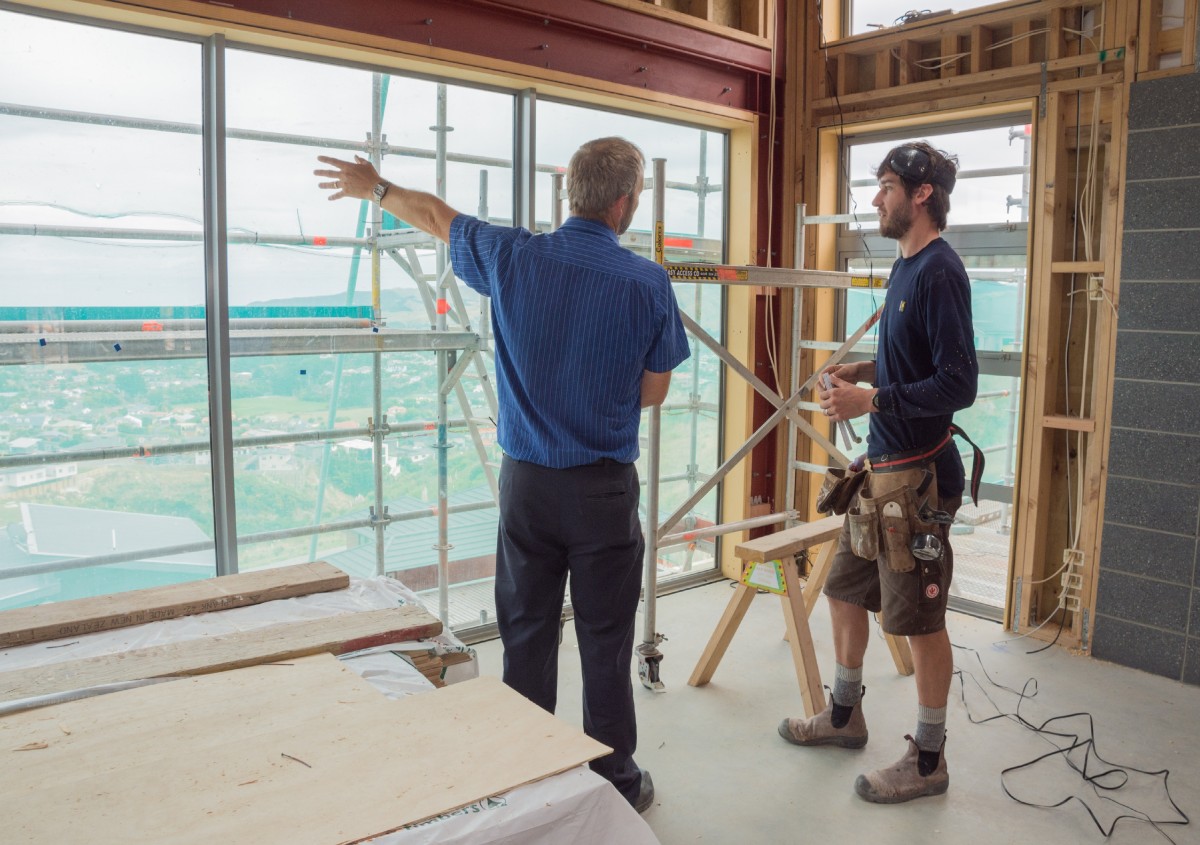BEST PRACTICE PRICING
19 Nov 2018, Business Tips, LBP & Regulation, Learn, Prove Your Know How

Advice on applying quantity surveying theory to residential building projects
In the past, pricing for a residential project meant writing a few simple calculations on the back of a paper bag – you would have added together subcontractor quotes, a merchant estimate and the cost of having a couple of people onsite for a few months and that would be enough. Add on a percentage for site overheads, multiply the whole lot by 10% and the job is done, right?
These days, to remain competitive and profitable and within contract legislation, it’s a task you should really spend some time thinking about. In addition, as a Licensed Building Practitioner (LBP) you need to ensure that you’re meeting your obligations while being as profitable and competitive as you can.
General quantity surveying (QS) principles can help a lot here. They can be used for any project, even the smallest renovation job. If you consistently apply these principles, along with best practice, you will be able to more accurately price jobs and projects will run more efficiently.
Principle #1 — materials measurement
It is very important to make your materials measurement as accurate as possible. This might sound obvious, but if you win a job with a merchant estimate and find out it was missing key items or under measured, that can cause real issues. You might then need to try to negotiate with the merchant to have the extra goods delivered for free or negotiate a variation with the client so that you can continue with the job.
Avoiding these issues is not the only reason that you want your material measurement to be accurate and detailed. The other reason is specifically aligned to principle #2.
Principle #2 – labour measurement
While measuring labour is a standard tool for quantity surveyors, builders don’t always understand how to do it well when they price their own work.
To measure labour for a job, it is best to use a labour constant, which is a figure based on how long it will take to complete a task on a per-measurement basis, such as per square metre. It is calculated as a constant figure that can easily be multiplied.
You use a labour constant so that regardless of the measurement (or size of the task), it is easy to figure out the amount of labour needed to complete it.
Example: if your project requires 100m2 of plasterboard then you want to know how many m2 of plasterboard can be installed per hour:
1. You know it takes five minutes to put up 1m2 of plasterboard.
2. Divide five minutes by 60 minutes (this will give you a labour constant of 0.08/m2 of plasterboard).
3. Times the measure (100m2) by the constant (0.08/m2) to calculate your labour requirement in hours – 100 x 0.08 = 8 hours.
Materials measurement and labour measurement are the first building blocks for pricing a job effectively. If you have your materials measure correct, and you apply a labour constant to each line item, then your labour amount and costs are likely to be correct too.
Luckily, you don’t have to work out a labour constant for every task (unless you want to) because there are resources to assist you. There are a variety of books and online quantity surveying tools available to help you understand what average labour constants should be. You can also get professional help and advice by hiring a quantity surveyor.
This article first appeared in Codewords – Issue 86
Register to earn LBP Points Sign in
3 Comments
Leave a Reply
You must be logged in to post a comment.




kk
Labour
labour